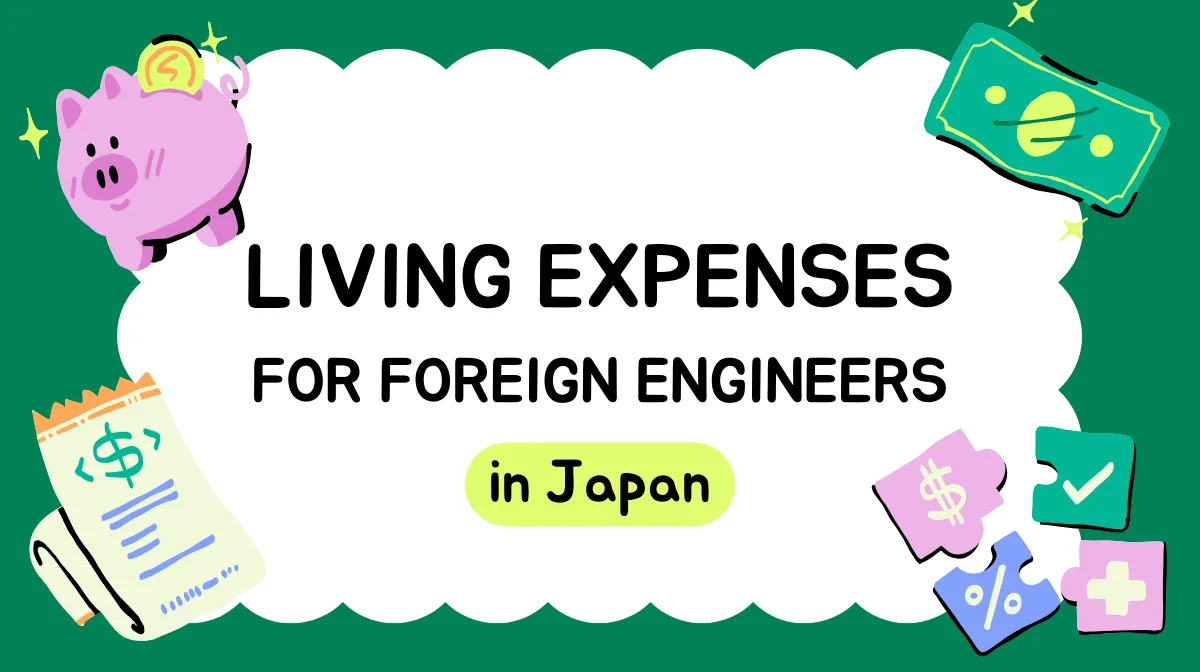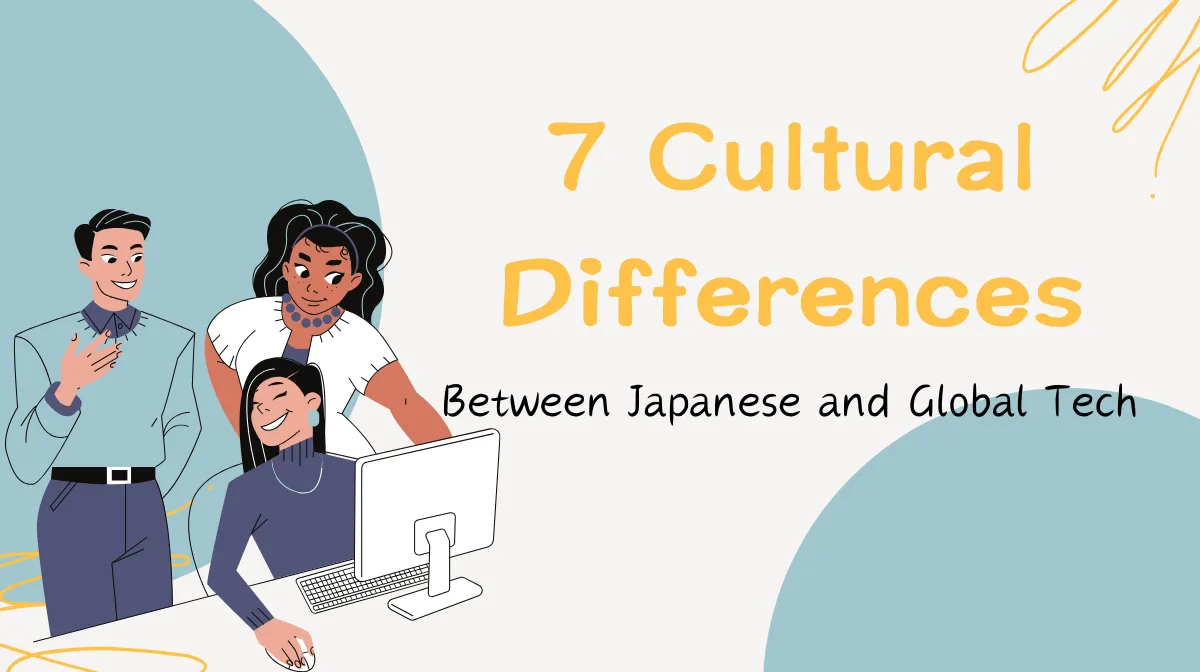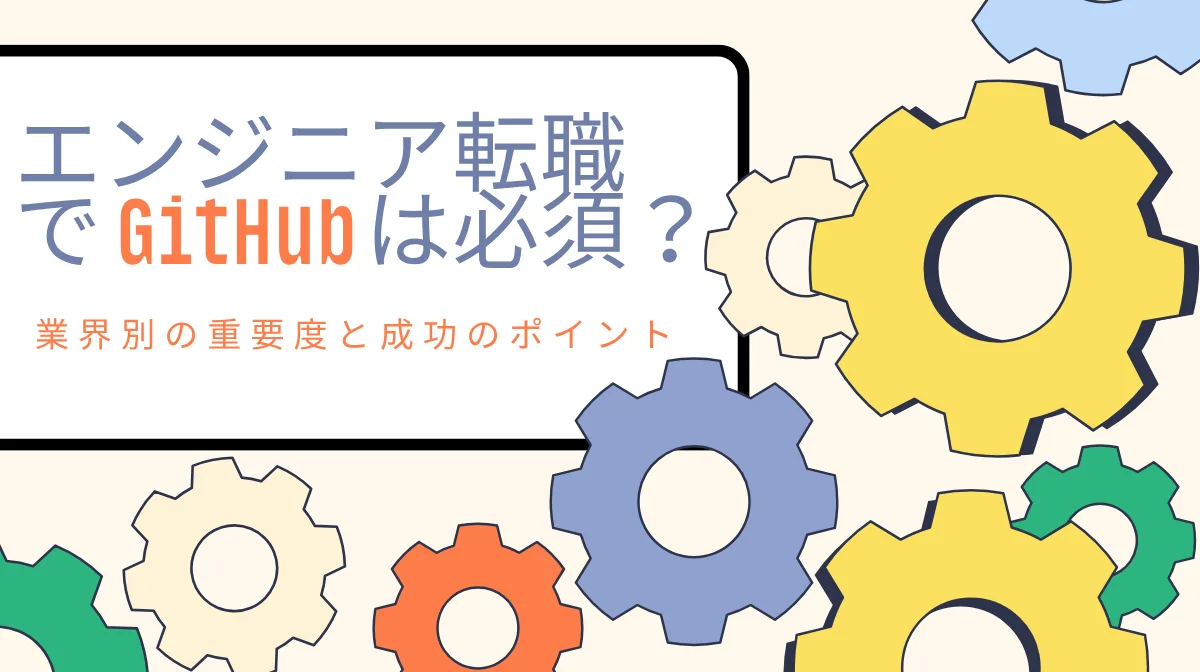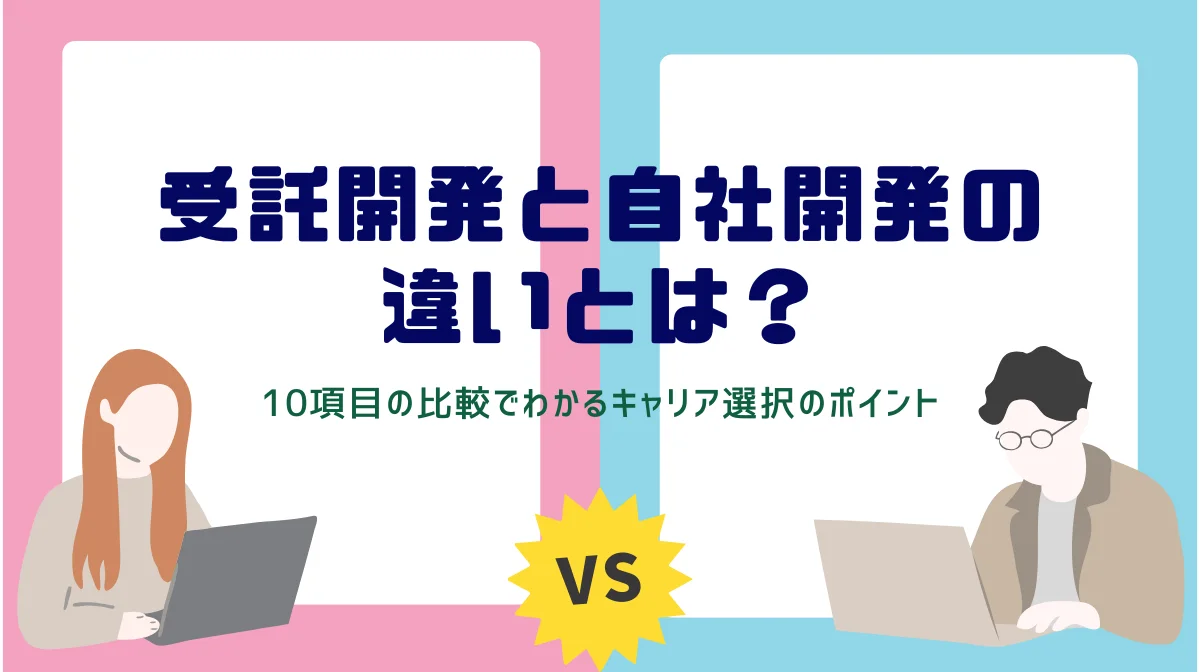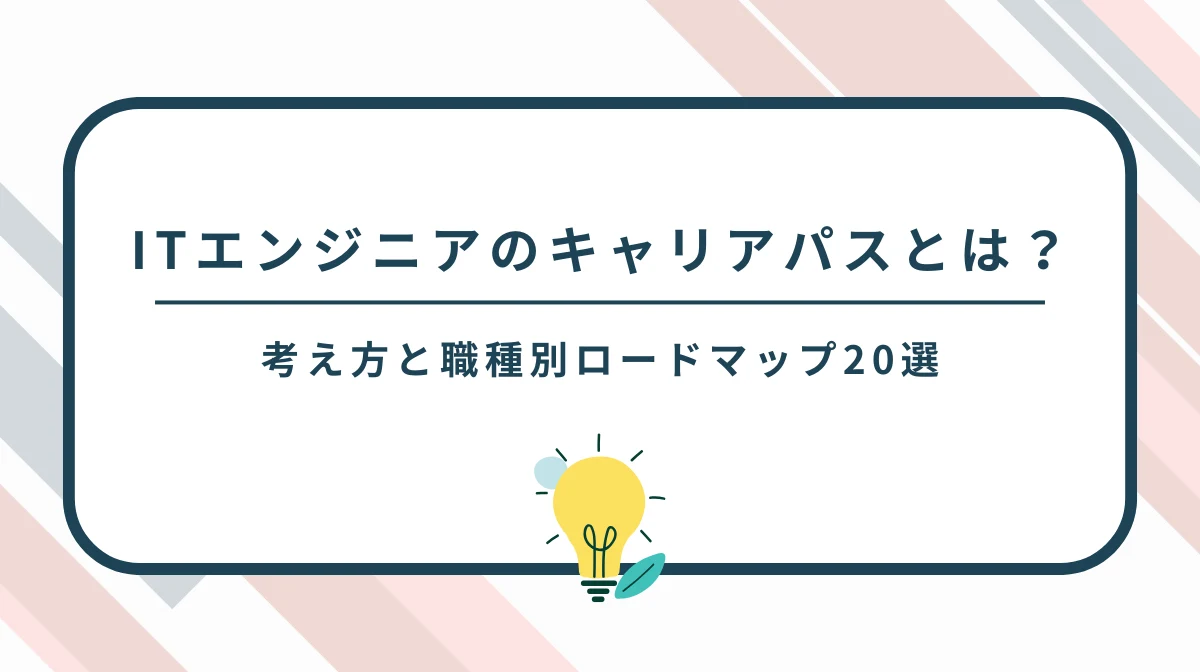Understanding living expenses is a crucial element for foreign engineers working in Japan to maintain a stable lifestyle.
In particular, there are many factors to consider, such as salary benchmarks, differences in living costs across cities, and expenses unique to residence status.
This article thoroughly explains the details of living costs that foreign engineers should know, as well as key points for efficient financial management.
- Salary benchmarks and benefits for foreign engineers in Japan.
- Cost of living differences between Tokyo and regional cities.
- Foreign-specific expenses and money-saving strategies.
1. Comprehensive Explanation of Salary Benchmarks for Foreign Engineers in Japan

Understanding salary benchmarks is extremely important for foreign engineers considering employment or job changes in Japan. This is a crucial factor that also relates to the requirements for obtaining residence status.
By knowing salary standards, you can conduct more effective job searches and salary negotiations.
Industry and Experience-Based Annual Income Data
IT engineer salaries vary significantly depending on industry and years of experience.
In the finance and insurance sectors, annual incomes exceeding 10 million yen are possible, while in information and communications industries, salaries typically range from 8 to 10 million yen. In general companies, the standard range is about 4 to 6 million yen.
Looking at experience levels, engineers with less than 3 years of experience typically earn 3.5 to 4.5 million yen, those with 3-5 years earn 4.5 to 6 million yen, and those with more than 5 years earn 6 million yen or more.
The “6 million yen barrier,” as it’s called, is a salary milestone that serves as a goal for many engineers.
Reference: Ministry of Economy, Trade and Industry: IT Industry Salary Survey (Japanese)
Special Benefits and Allowances Unique to Foreign Engineers
For foreign engineers, it’s common to receive special benefits and allowances in addition to the base salary.
■ Examples of Allowances for Foreign Engineers
- Housing allowance of 20,000 to 50,000 yen per month
- Japanese language learning support equivalent to 10,000 to 30,000 yen per month
- Visa acquisition support
- Return travel expense subsidies, etc.
Japanese law requires that foreign engineers’ salaries be equal to or higher than those of Japanese nationals, which is one of the requirements for obtaining residence status.
Engineers with rare skills can expect even better compensation packages, such as annual salaries exceeding 10 million yen, full housing subsidies, and family relocation support.
Reference: Immigration Services Agency: List of Residence Statuses
2. Comparison of Living Costs Across Japanese Cities
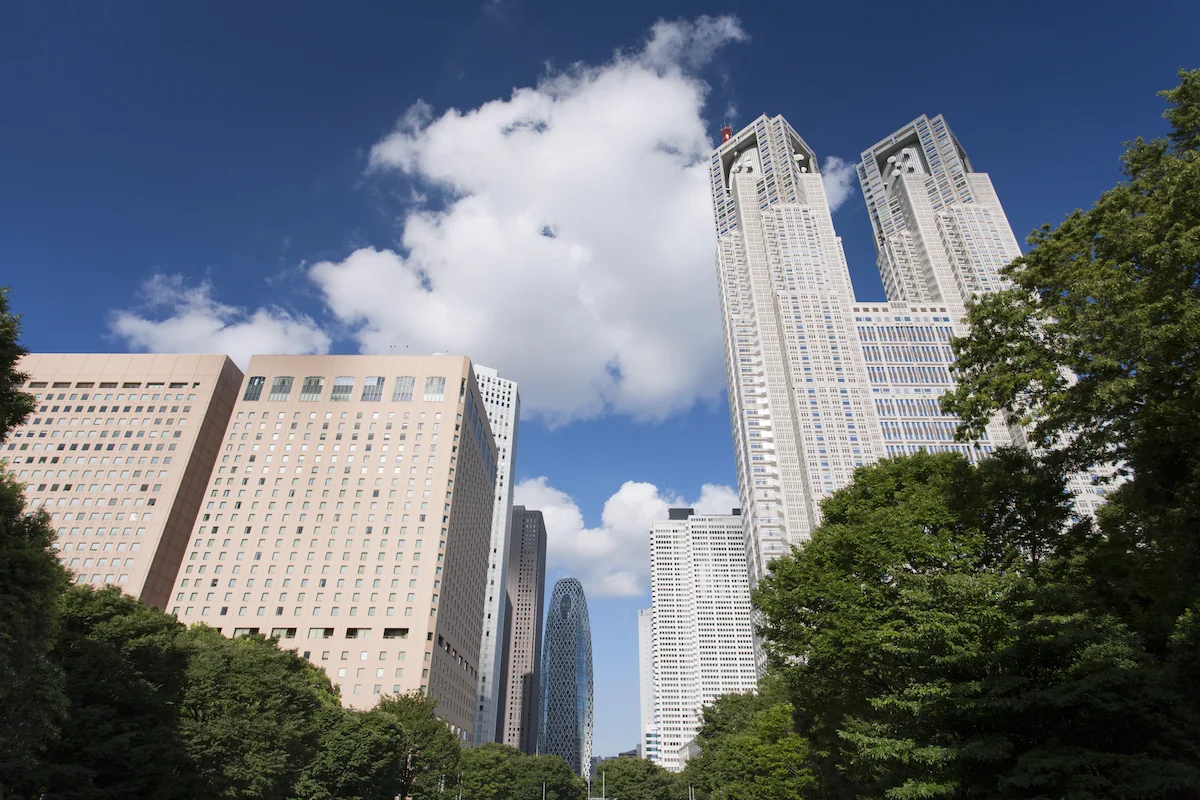
Living costs in Japan vary greatly depending on the city, with significant differences arising from each city’s unique economic circumstances, particularly in terms of housing costs.
Understanding these differences provides important criteria when choosing where to relocate.
Average Living Expenses and Breakdown in Tokyo’s 23 Wards
For a single person living in Tokyo’s 23 wards, monthly total expenditures typically range from 180,000 to 240,000 yen.
The largest portion of this is rent, with prices exceeding 100,000 yen in central areas like Shibuya, Shinjuku, and Minato, while relatively affordable eastern Tokyo areas range from 60,000 to 80,000 yen.
Other expenses include utilities at around 15,000 yen, food costs of 40,000 to 50,000 yen, and transportation costs of approximately 15,000 yen, varying by location and lifestyle.
Reference: Statistics Bureau Survey of Household Economy
Characteristics of Living Expenses in Regional Cities
In regional metropolitan areas such as Osaka and Nagoya, overall living expenses can be 15-20% lower than in Tokyo.
Monthly total expenditures range from 140,000 to 200,000 yen, with rent typically around 50,000 to 70,000 yen in Osaka city and 45,000 to 65,000 yen in Nagoya city.
Utilities cost around 13,000 yen, food expenses range from 35,000 to 45,000 yen, and transportation costs about 10,000 yen, generally lower than in Tokyo.
Regional Differences in Housing Costs and Selection Strategies
Housing costs represent the largest portion of living expenses, with significant regional variations.
When choosing based on commute time, rent can be reduced by approximately 20% within a 30-minute commute to the city center, or by 35% within a 45-minute commute.
Building age also significantly affects cost; properties about 10 years old are typically 10% cheaper than new constructions.
For initial costs, expect to pay the equivalent of 4-5 months’ rent in Tokyo’s 23 wards, 3-4 months’ rent in Osaka and Nagoya, and 2-3 months’ rent in other regional cities.
Particularly with rent, significant cost reductions are possible by flexibly considering distance from stations and building age.
■日本でエンジニアとしてキャリアアップしたい方へ
海外エンジニア転職支援サービス『 Bloomtech Career 』にご相談ください。「英語OK」「ビザサポートあり」「高年収企業」など、外国人エンジニア向けの求人を多数掲載。専任のキャリアアドバイザーが、あなたのスキル・希望に合った最適な日本企業をご紹介します。
▼簡単・無料!30秒で登録完了!まずはお気軽にご連絡ください!
Bloomtech Careerに無料相談してみる
3. Breakdown of Basic Monthly Living Expenses

When starting life in Japan as an engineer, it’s important to have a detailed understanding of basic living expenses.
Here, we’ll explain the specific amounts for major expenditure items and their characteristics.
Rent and Utility Cost Benchmarks
Rent for a one-room apartment in central areas varies depending on location and building age.
For properties less than 5 years old, rent typically ranges from 80,000 to 120,000 yen, while 10+ year-old properties in certain locations may cost 50,000 to 70,000 yen.
Utility costs fluctuate significantly by season, with electricity costing 7,000 to 10,000 yen during summer and winter due to air conditioning use, and 4,000 to 6,000 yen during spring and autumn.
Gas costs typically range from 3,000 to 5,000 yen, water from 2,000 to 3,000 yen. Additionally, you should budget 4,000 to 5,000 yen for internet service.
Budget Guidelines for Food and Daily Necessities
Food expenses vary greatly depending on lifestyle. For a home-cooking-centered lifestyle, you can manage with about 30,000 to 40,000 yen per month.
This breaks down to approximately 25,000 to 30,000 yen for groceries and 5,000 to 10,000 yen for dining out. If you primarily eat out, monthly costs might reach 50,000 to 60,000 yen, with each meal averaging around 1,000 yen.
For daily necessities, typical expenses include 3,000 to 5,000 yen for household items, 5,000 to 10,000 yen for clothing and miscellaneous goods, and 3,000 to 5,000 yen for medicines and cosmetics.
However, expenses for daily necessities can vary greatly between men and women, so consider these figures as guidelines.
How to Calculate Transportation Costs
Commuter pass costs vary depending on distance. For short distances within Tokyo (up to 10km), monthly passes cost about 5,000 to 6,000 yen, while medium distances (10-20km) cost around 10,000 yen (for JR East).
For taxi use in Tokyo’s 23 wards, fares start at 500 yen for the first 1.096km, with 100 yen added for each additional 255 meters.
For efficient transportation cost management, it’s recommended to effectively combine commuter passes with transportation IC cards and consider bicycle commuting when possible.
4. Explanation of Additional Expenses Specific to Foreigners

Foreign engineers living in Japan face certain expenses that don’t apply to Japanese nationals. By understanding these costs in advance and creating appropriate budget plans, you can establish a stable financial foundation.
Many of these expenses may potentially be covered by your employing company, so it’s advisable to confirm these details when checking employment conditions upon joining a company.
Expenses Related to Residence Status Renewal
Expenses related to residence status are important recurring costs.
- Residence status renewal application fee: 4,000 yen
(from April 2025, 6,000 yen; for online applications, 5,500 yen) - Fee when changing residence status: 4,000 yen
(from April 2025, 6,000 yen; for online applications, 5,500 yen), etc.
Translation costs for required documents vary depending on the service provider, but typically range from 3,000 to 10,000 yen per document, with family registry translations costing around 5,000 yen and diploma translations around 3,000 yen.
If you hire an administrative scrivener to handle procedures, costs may exceed 50,000 to 100,000 yen.
Reference: Immigration Services Agency: Residence Status Application
International Remittance and Currency Exchange Fees
For international remittances, traditional bank transfers typically incur fees of around 3,000 yen or more per transaction. Fees vary by financial institution, so it’s important to check in advance.
In recent years, using remittance services like Wise has become more common, with fees as low as 0.6% of the transfer amount. PayPal typically charges fees of about 3-4% of the remittance amount.
For currency exchange, fees vary significantly depending on location (banks, airports, etc.) and the currencies involved, so research beforehand is important.
Reference: Japan Post Bank: International Remittance, Wise, PayPal, SMBC: Foreign Currency Exchange Comparison
Health Insurance and Pension Systems
While the national health insurance enrollment procedure itself is free, monthly premiums vary according to income, typically ranging from 10,000 to 30,000 yen, or about 7-8% of annual income for those under 40. This reduces personal medical expenses to 30%.
For pensions, the national pension premium is 16,520 yen per month for fiscal year 2024, while the employees’ pension is about 9% of salary (about 18% including employer contributions).
If you have been enrolled for more than 6 months, you can claim a lump-sum withdrawal payment of approximately 50,000 to 1.5 million yen when returning to your home country. These insurance and pension costs are important expenditures for future financial stability.
Reference: Labour and Welfare: National Health Insurance for Foreigners, Japan Pension Service: National Pension for Foreigners
■日本でエンジニアとしてキャリアアップしたい方へ
海外エンジニア転職支援サービス『 Bloomtech Career 』にご相談ください。「英語OK」「ビザサポートあり」「高年収企業」など、外国人エンジニア向けの求人を多数掲載。専任のキャリアアドバイザーが、あなたのスキル・希望に合った最適な日本企業をご紹介します。
▼簡単・無料!30秒で登録完了!まずはお気軽にご連絡ください!
Bloomtech Careerに無料相談してみる
5. Smart Saving Techniques and Money Management Methods

To manage life in Japan more efficiently and enjoy a fulfilling lifestyle, appropriate saving techniques and asset management knowledge are essential.
Here, we explain practical saving methods and basic knowledge for future-oriented asset building.
Tips and Precautions for Reducing Rent
Making smart property choices significantly impacts overall living expenses.
Being flexible about location can yield substantial savings. Choosing properties a few stations away from major stations or looking for places that are a 10-15 minute walk or more from stations can further reduce rent.
Building age is another important factor. In Japan, older buildings generally have lower rent. Choosing renovated properties can provide new-construction comfort at lower costs.
Timing your contract can also help – avoiding busy seasons and choosing relatively high-vacancy periods from June to August may lead to better contract terms.
Techniques for Saving on Food Expenses
Efficient food expense management significantly impacts daily life.
At supermarkets, taking advantage of time sales or buying in bulk when appropriate can lead to savings.
For meal preparation, cooking in larger batches twice a week and utilizing proper freezing techniques can efficiently manage both time and costs.
To reduce dining out expenses, consider utilizing lunch hours which are often cheaper than dinner, actively using coupons and points, and taking advantage of company cafeterias if available.
6. Understanding Japanese Living Cost Standards and Working as a Foreign Engineer
Living expenses in Japan vary greatly depending on the city and lifestyle, but with appropriate information and planning, efficient management is possible.
Especially for foreign engineers, it’s necessary to consider specific expenditures such as residence status-related costs.
Utilize the saving techniques and asset management knowledge introduced in this article to realize a fulfilling life in Japan.

